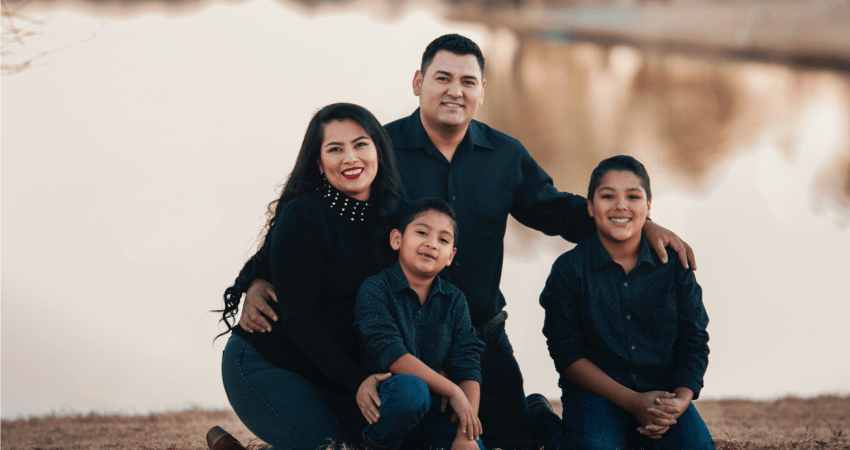IOM interactive map will connect migrants with diaspora support

As a result of pioneering research on diaspora organizations in Central America and Mexico, the International Organization for Migration (IOM) launched an interactive map that will allow migrants to identify diaspora organizations and the support services they can provide. Since the map will be a live resource, IOM has provided a link where organizations wishing to be indexed can fill out a form and include their basic information.
The study identified more than a thousand organizations with a presence in North and Central America and identified their profile, characteristics and opportunities to strengthen a process of dialogue between countries of origin and destination. Of the organizations identified, 91 participated in the research project, allowing IOM to characterize their activities and affiliation.
It was observed that 75% of them group more than 50 members and that 95% of them were founded and are currently managed by migrants themselves. The study also identified three main categories into which these groups can be classified: native clubs (all come from the same community, municipality or country), migrant clubs (they come from different places but are grouped together because of their immigrant status) and coalitions (they bring together multiple migrant organizations or clubs).
IOM defines diasporas as "migrants or descendants of migrants whose identity and sense of belonging have been shaped by their migration experience and background. The relationships and links between the country of origin and destination form transnational communities from which strategies that contribute to the development of both populations are consolidated.
"The contributions of the diasporas cover diverse areas. For example, in the civic-political area they usually show high rates of participation in national elections or in activities that facilitate the integration of new migrants in destination countries. In the economic area, diasporas can contribute with remittances, diaspora bonds, direct investment, business creation and establishment of binational chambers of commerce, among other actions," explained Michele Klein-Solomon, IOM Regional Director for North America, Central America and the Caribbean. "At IOM, we offer our support to both governments and diaspora organizations to strengthen their capacity to link efforts.”
In addition to offering a characterization of diaspora organizations in Central America and Mexico, the study identified important challenges that these organizations face, such as the recognition of the contributions of the diaspora and attention to their needs, a greater impact on sustainable public policies for development and the strengthening of their structures.
As part of the presentation event, representatives from Centro Presente, Fundación Jalisco and Community Services for Migrants and Refugees in Canada shared their experiences of connecting migrant communities, as well as linking them with governments and organizations in their countries of origin.
"This study is very relevant, because we have been fighting separately for many years," said Miguel Arevalo, Director General of Migrant and Refugee Community Services in Canada. "From this information we could do a better job working together to propose alternatives to our governments, at the municipal and federal level, and to be included."
This initiative was developed by IOM in collaboration with the Laboratory for Economic and Social Studies (LEES), in the framework of the Western Hemisphere Program, with funding from the U.S. Department of State Bureau of Population, Refugees and Migration.
Download the executive summary of the study or write to Fabio Jimenez for further information.